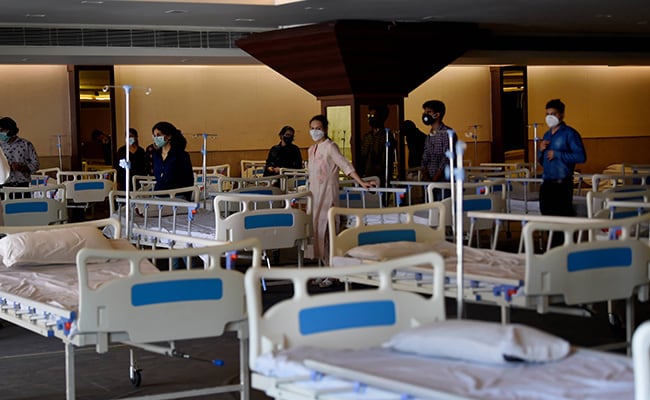11 January 2022 15:27
According to Canadian researchers, Omicron was identified in the sewage of the Canadian province of Nova Scotia in early November 2021. The variant was reported in South Africa a few weeks ago. According to the researchers, wastewater is an effective early warning system.
New data from researchers at Dalhousie University in Halifax, Canada, shows that Omicron was found in sewage weeks before it was officially recognized in the province of Nova Scotia – and even before the new version of the virus was reported in South Africa. . Reported canadian newspaper national post,
This was confirmed by Graham Gagnon, Professor and Director of the Center for Water Resource Studies. national post In an email:
“Our team retrospectively detected Omicron in sewage from Nova Scotia in mid-November and will be able to provide more information in the future.”
Omicron’s first case in Nova Scotia was officially confirmed on December 13, 2021, just weeks after the first case was reported in South Africa on November 24, 2021.
Gagnon’s team has been studying wastewater from four major sewage treatment plants in Nova Scotia since December 2020. He also examined the waste water of student hostels in Dalhousie campus. Mark Servos, a professor and researcher in the field of biology at the University of Waterloo, said these types of tests will become an important tool in tracking the spread of the coronavirus in the coming months as access to PCR tests becomes limited nationwide. , His lab is currently studying wastewater in the Peel, York and Waterloo regions of Ontario. Servo to check:
“If Omicron keeps going, wastewater will rise or fall and that will help us inform our decision makers.”
Currently, in Ontario, PCR testing is available only to symptomatic high-risk individuals and those working in high-risk environments. That means it will be more difficult to get an accurate picture of who has COVID-19, especially because Omicron can be transmitted so easily, Servos said.
In the sewage sector, Servos was able to determine how quickly each type predominated in the province:
“It took a few months for Alpha to catch up, Delta a month and a half, and Omicron about two weeks.”
In Alberta, where PCR testing is also limited, researchers are monitoring wastewater for the spread of the virus and its variants throughout the province. Casey Hubert, an associate professor in the Department of Biology at the University of Calgary and director of the Wastewater Monitoring Project in Calgary, said that wastewater tests can tell researchers what was happening a week before reporting:
“Wastewater is actually providing some kind of early warning signal that precedes the number of cases.”
Alberta residents can use a dashboard set up by Hubert’s team to monitor virus levels in wastewater throughout the province. According to Hubert, this is a helpful tool, because the less tests are done, the less accurate information is about how many people may have the virus.
more on topic – After two days, the first all-clear for the DeltaCron virus variant has been given

Devoted web advocate. Bacon scholar. Internet lover. Passionate twitteraholic. Unable to type with boxing gloves on. Lifelong beer fanatic.





